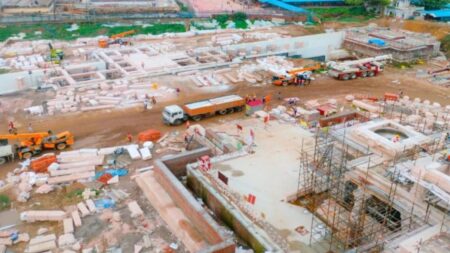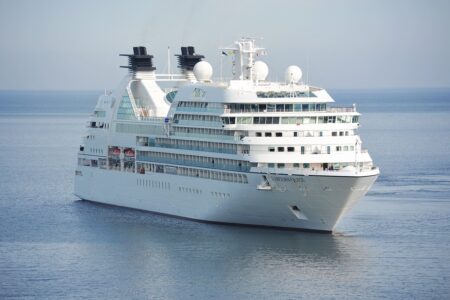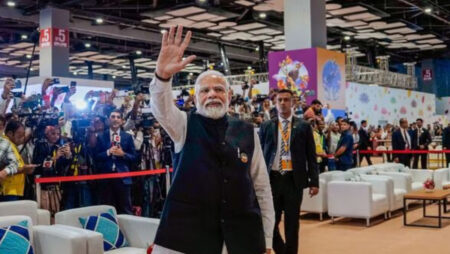The Keeladi site in Tamil Nadu has been the scene of several bombshell disclosures about India’s past, particularly the Sangam era, which goes back at least 2500 – 3000 years.
Archaeologists excavating at Keeladi, a historic excavation site 12 km southeast of Madurai in Tamil Nadu, have discovered a Sangam-era crystal quartz weighing machine. The weighing device, discovered 175 cm beneath the earth, is the first of its sort discovered in Keeladi since excavations began in 2014.
The crystal is transparent and measures 2 cm in diameter, 1.5 cm in height, and weighs 8 grammes.
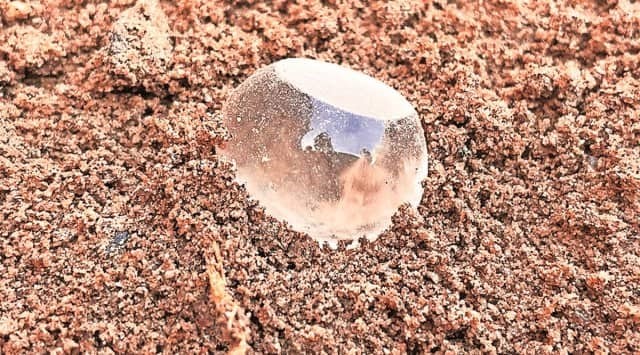
Source: Indian Express
Archaeologists recovered an earthen-made snake sculpture and a weighing unit constructed of crystal quartz, which is translucent in nature, from the Sangam-Era site near Madurai for the first time since excavations began in Keeladi in 2014.
The crystal quartz is spherical in shape, according to R Sivanantham, joint head of the state archaeological department, with the top and bottom of the sphere shaved off and rendered flat and smooth.
New finding in Keeladi excavations:
Previously, additional items discovered on the Keeladi site included potsherds written with graffiti comparable to that seen in the Indus Valley sites, as well as beads made of carnelian, glass, agate, and other bright minerals in exceptionally high quantities and at single locations.
These discoveries showed that Keeladi was a bead storehouse or market. That piqued the interest of researchers because it demonstrated the existence of a literate and organised Tamil society as early as the 6th century BC.
We’ve discovered weighing units in the past, but they were all built of stone,” an archaeological officer explained. He also added this is the first time they have found a weighing scale in Keeladi.
“Previously, they were hemispherical in shape.” However, both the top and bottom are flat in this case. “In terms of shape and material, this one stands out,” the officer remarked.
A piece of a clay snake figurine with elaborately sculpted eyes and mouth was uncovered while sifting pottery unearthed at a depth of 190 cm in a quadrant.
Place of origin:
According to sources, the crystal quartz employed as a weighing unit does not originate in this region and must have been imported instead.
The finding has sparked interest among historians and archaeologists since ancient weighing scales were often constructed of stone. An expert claimed they do not yet know the exact unit that the crystal was used to weigh despite a thorough evaluation of the data being conducted.
“Even though we previously discovered stone-made weighing units, they were comprised of minerals rather than rocks. The high-value products such as gold and precious and semi-precious stones were weighed using these weighted units rather than rice or vegetables. Because they provide precise findings and are climate-independent, crystals or mineral materials are utilised as weighting units, according to a state archaeology department specialist.
Even as in-depth investigations are ongoing, researchers predict that the quartz is most likely from a time between 600 BC and the second century AD.
9th phase of excavations:
The ninth phase of the excavations, which Chief Minister MK Stalin began in April, is now taking place at Keeladi.
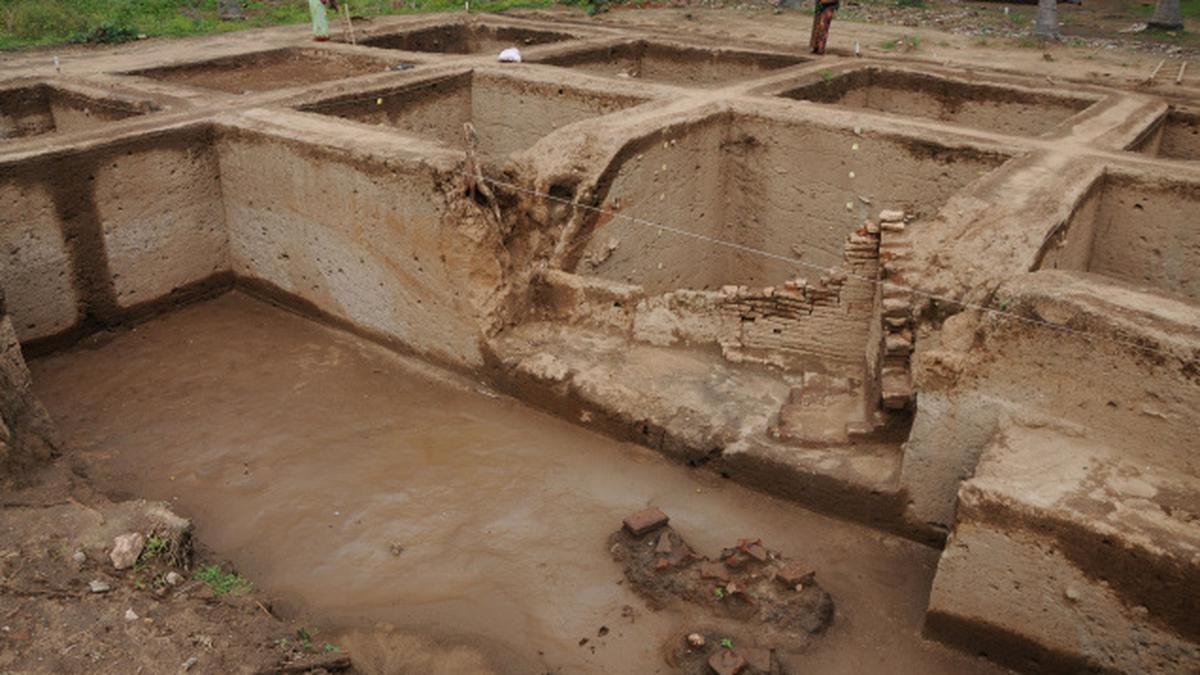
Source: The Hindu
Over 200 objects, including terracotta figures and a gold ring, have so far been discovered by archaeologists during the ninth phase of the Keeladi excavation. Also in July, a floor was discovered in one of the ditches.
These discoveries coincide with Chief Minister M K Stalin’s repeated claims that his administration will do everything possible to provide scientific evidence that, in light of the Keeladi findings, India’s history will have to be rewritten from the perspective of the Tamil landscape.









